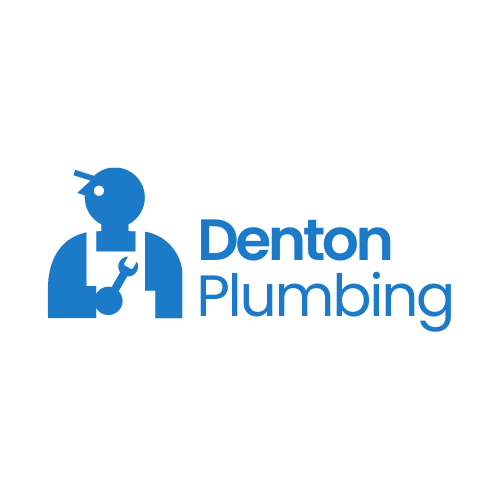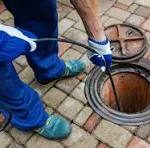5 Essential Plumbing Basics Worksheet for Homeowners
Plumbing is a serious part of each home. However, it’s an element many owners overlook until trouble arises. Understanding the fundamentals of plumbing can prevent time, cash, and strain when some factor goes wrong. Whether you’re a DIY fanatic or need to be organized, having a plumbing basics worksheet can help maintain and troubleshoot your plumbing device. This blog will stroll you through key plumbing basics and provide a clean worksheet to guide your plumbing information.
1. Plumbing Emergency Response: What to Do First
Key Action: Shut off the Water Supply
Plumbing emergencies can be noticeable anytime, from a burst pipe to a blocked drain. The first thing to do in an emergency is to shut off the water supply to lower the damage.
- Find the Main Water Valve: The essential water valve is usually close to your water meter, basement, or outside your property. Turning it off will forestall the flow of water throughout the entire system.
- Assess the Situation: If it’s a minor problem, like a clogged drain, you are probably capable of repairing it with the essential system. For primary problems, such as a burst pipe or excessive leak, call an expert plumber immediately.
Plumbing Worksheet Tip: Mark the location of your principal water valve on your worksheet so everyone in your family knows where to find it in an emergency.
Download the Plumbing Emergency Response sheet
-
Seasonal Plumbing Maintenance: Preventive Care for Every Season
Proper seasonal maintenance can help save you from plumbing troubles earlier than they grow to be highly-priced preservation. By analyzing and preserving key components of your plumbing device, you may extend the life of your pipes and furnishings.
Fall & Winter Plumbing Checklist:
- Insulate Exposed Pipes: During cold months, pipes are liable to freezing, which can cause ruptures. Wrap uncovered pipes with insulation foam or heating tape.
- Clean Gutters and Downspouts: Leaves and debris can clog gutters, causing water backup. Clean them regularly to ensure proper drainage.
- Check Your Water Heater: Ensure your water heater trouble is functioning efficiently by taking a reading for leaks or sediment buildup.
Spring & Summer Plumbing Checklist:
- Inspect for Leaks: Check taps, bathrooms, and showers for leaks, which could result in water wastage and lower bills.
- Maintain Sprinkler Systems: If you have a sprinkler device, test the lines for clogs and leaks. Ensure all heads are functioning nicely.
- Test Sump Pumps: During spring rains, checking your sump pump to avoid basement flooding is crucial.
Plumbing Worksheet Tip: Add a seasonal plumbing maintenance timetable to your worksheet, along with dates for when each assignment needs to be finished.
Download Seasonal Plumbing Maintenance sheet
-
Guide to Choosing the Right Water Heater
Selecting the right water heater for your home can be overwhelming, with so many alternatives available. It’s crucial to select one that fits your water utilization and electricity performance goals.
Types of Water Heaters:
- Tankless Water Heaters: These offer hot water on demand, casting off the need for a garage tank. They are more power-inexperienced but have a higher initial fee.
- Storage Tank Water Heaters: Traditional water warmers store warm water in a tank and release it as desired. They’re affordable but use more power than tankless models.
- Solar Water Heaters: For environmentally conscious proprietors, solar water heaters use renewable energy to heat water. They are a first-rate long-term investment if you live in a sunny area.
Plumbing Worksheet Tip: Record your water heater’s kind, version, and age on your worksheet. This will help you sing at the same time as it needs preservation or alternative.
Download Guide to Choosing the Right Water Heater sheet
-
Preventing and Fixing Common Sewer Issues
Sewer issues can cause large disruptions in your private home if not addressed. Here are common issues to check for and smooth solutions to prevent them.
Common Sewer Issues:
- Clogs: Clogs are one of the most common sewer issues, often caused by grease, hair, and exceptional debris. Use drain covers to prevent hair and food from clogging the drain.
- Tree Root Intrusion: Tree roots can infiltrate sewer pipes over time, inflicting blockages. Avoid planting large timber near your sewer strains, and consider installing a root barrier.
- Corrosion: Older homes with metal pipes may also experience corrosion over the years. If you observe rust or leaks, call a plumber for an inspection.
Plumbing Worksheet Tip: List all number one plumbing additives (consisting of sewer lines) for your worksheet and timetable periodic inspections to save you functionality troubles.
Download Preventing and Fixing sheet
-
Eco-Friendly Plumbing Practices
Making green picks with your plumbing machine can help maintain water and decrease your software application bills. Simple modifications can make a massive difference.
Water Conservation Tips:
- Install Low-Flow Fixtures: Low-waft faucets, showerheads, and lavatories use less water without sacrificing universal overall performance, helping you conserve water and power.
- Fix Leaky Faucets: A single dripping tap can waste hundreds of gallons of water every 12 months. Make sure to repair any leaks immediately.
- Consider Water-Efficient Appliances: When upgrading home appliances, such as dishwashers or washing machines, choose energy-efficient models that use less water.
Plumbing Worksheet Tip: Note the installation dates of any eco-friendly improvements you’re making (e.g., low-drift toilets, tankless water warmers) so that you can track their effectiveness over the years.
Download Eco-Friendly Plumbing Practices sheet
Conclusion
By studying plumbing fundamentals and taking a proactive approach, homeowners can save money on maintenance and ensure their structures run efficiently. Using a plumbing basics worksheet will help you stay organized and on top of your plumbing goals, from emergency responses to regular maintenance and inexperienced practices.
By following those clean steps and staying on the pinnacle of seasonal safety, you’ll preserve your plumbing machine in pinnacle form for future years. Don’t look ahead to troubles rising—begin using your plumbing basics worksheet today and take care of your house’s plumbing health!





Leave a Reply